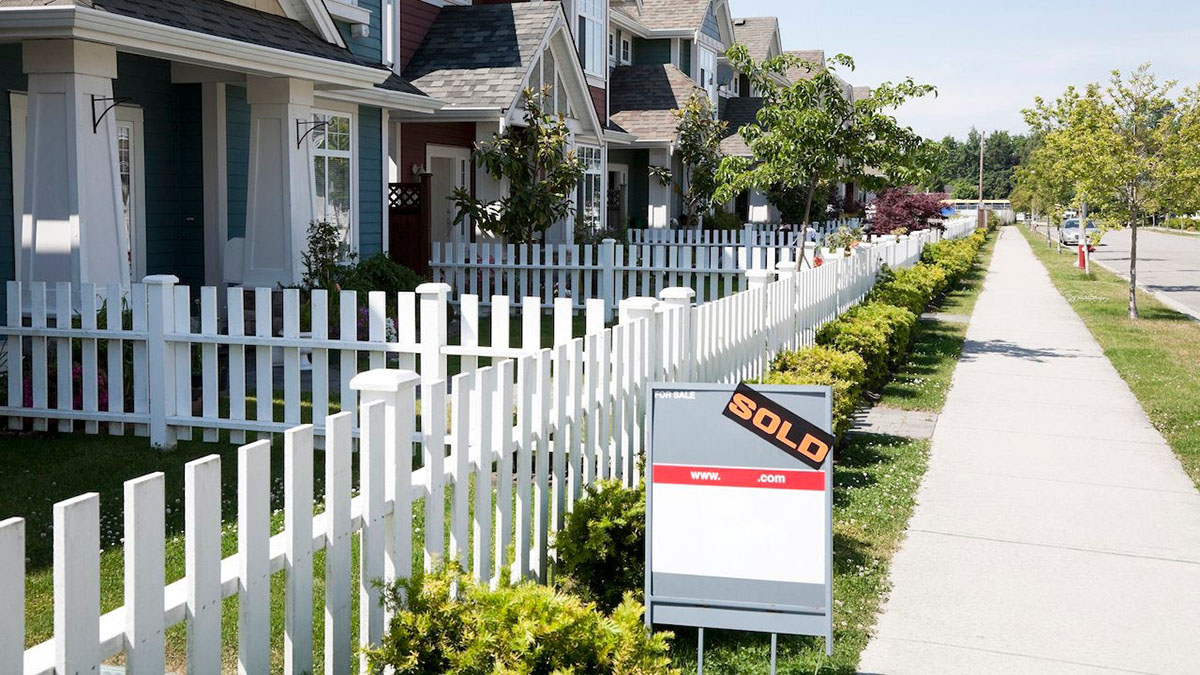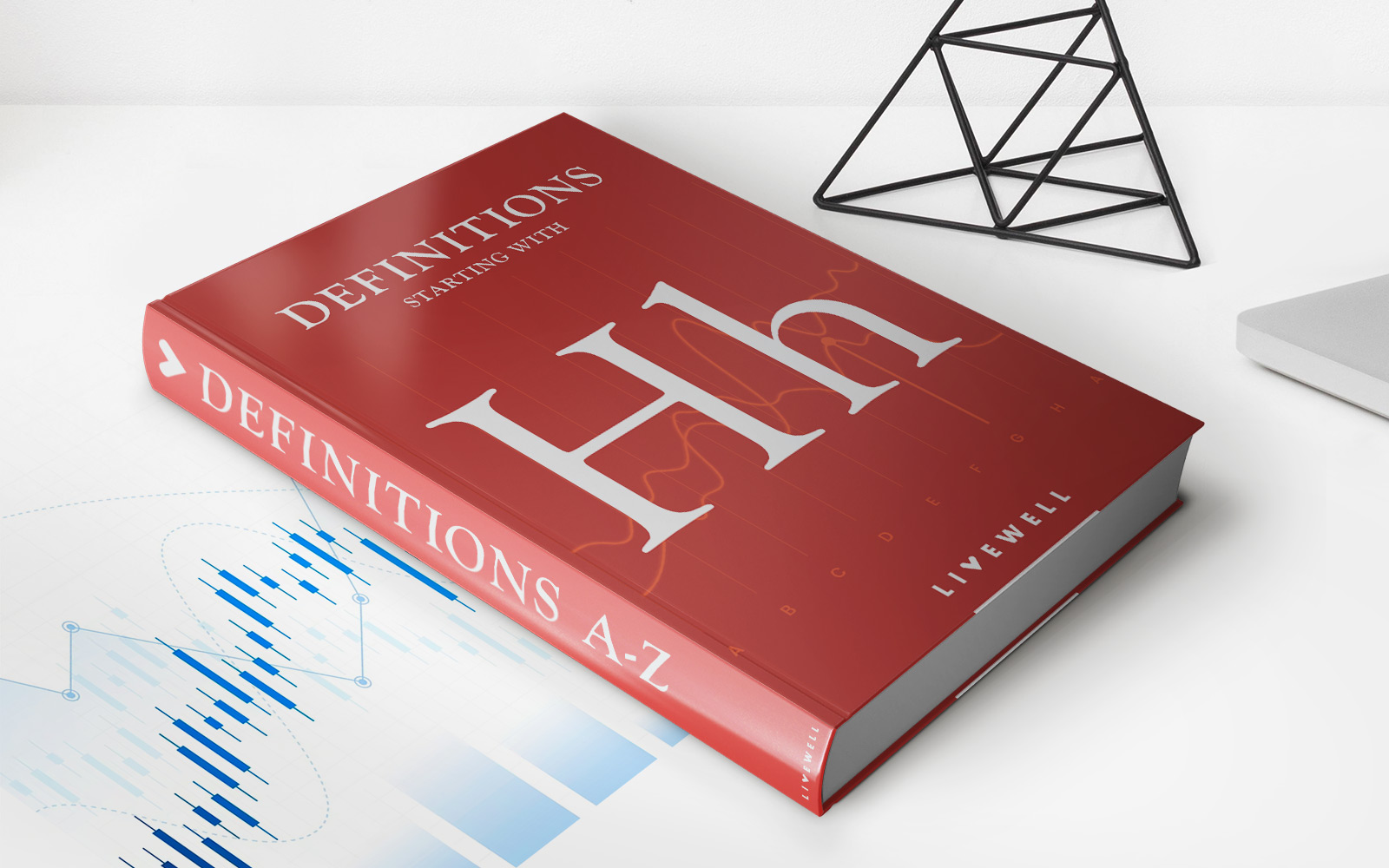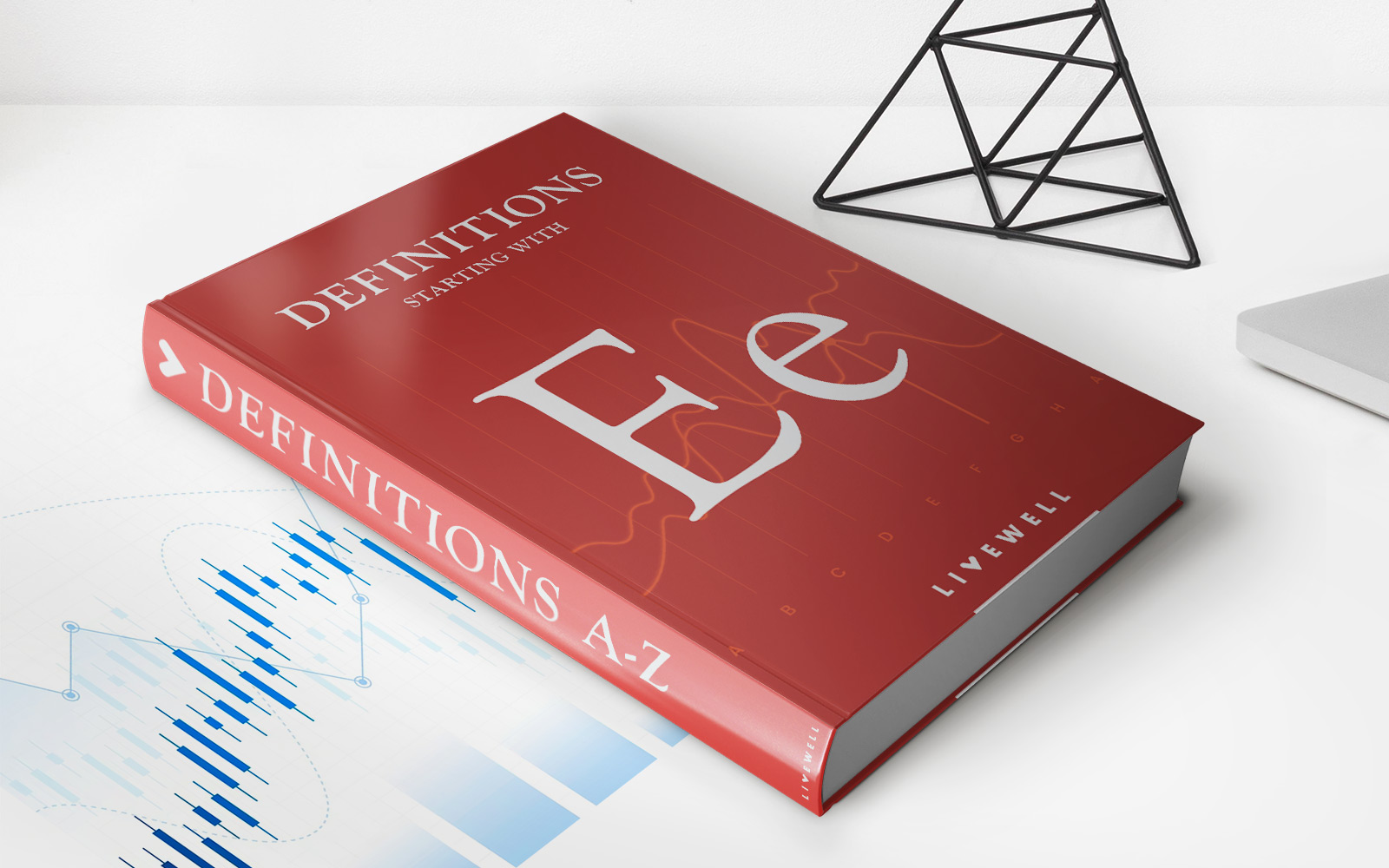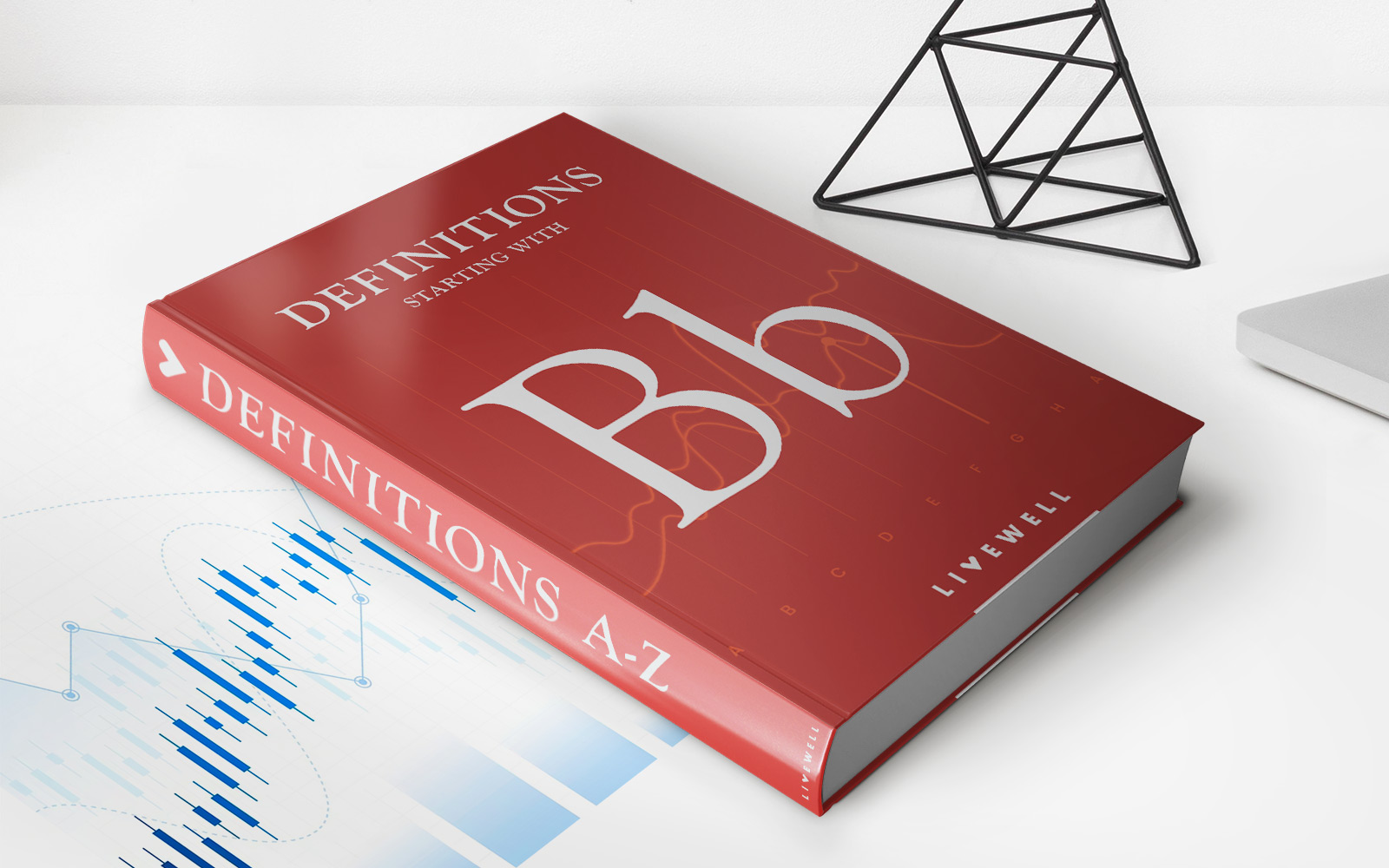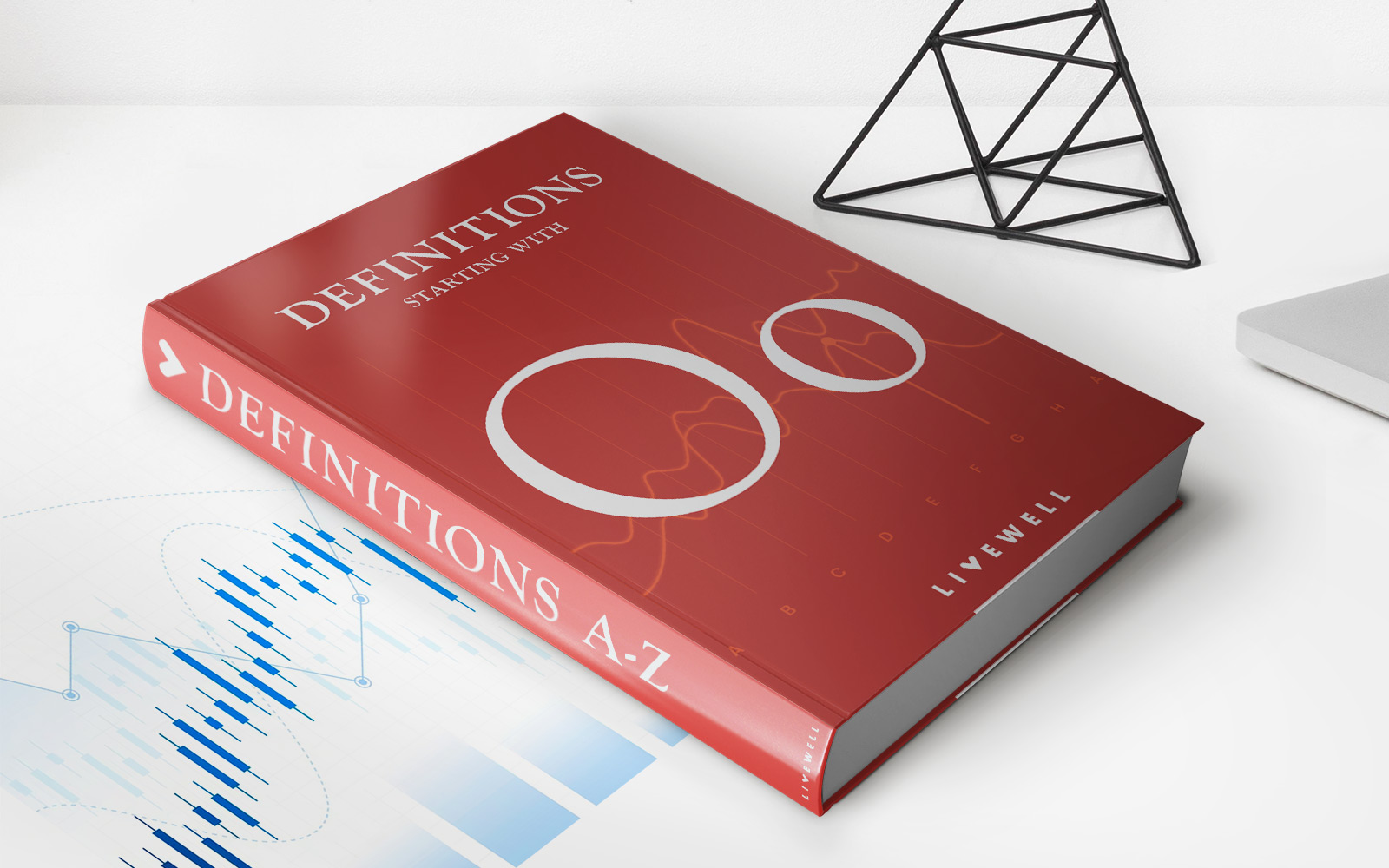

Finance
What Is A High Priced Mortgage Loan
Modified: March 3, 2024
Explore the concept of a high priced mortgage loan in the world of finance. Understand the implications and risks involved in obtaining such loans.
(Many of the links in this article redirect to a specific reviewed product. Your purchase of these products through affiliate links helps to generate commission for LiveWell, at no extra cost. Learn more)
Table of Contents
Introduction
In the world of financial transactions, mortgages play a crucial role in helping individuals and families achieve their dreams of homeownership. However, not all mortgages are created equal. Some borrowers may encounter what is known as a high priced mortgage loan, which comes with its own set of considerations and regulations.
A high priced mortgage loan, also commonly referred to as a high-cost mortgage, is a loan that carries an interest rate or other costs that exceed a certain threshold set by regulatory authorities. These loans are typically associated with higher risks for borrowers, and it is important to understand their characteristics, regulations, and potential implications.
Throughout this article, we will delve into the world of high priced mortgage loans, exploring their definition, determining factors, key characteristics, regulations, protections for borrowers, and the risks and benefits associated with them. By gaining a comprehensive understanding of this type of loan, borrowers can make informed decisions and protect themselves from potential financial pitfalls.
Definition of a High Priced Mortgage Loan
A high priced mortgage loan is a type of loan that exceeds certain cost thresholds established by regulatory authorities. The specific thresholds for defining a loan as high priced may vary depending on the country or region, as well as the prevailing market conditions. In the United States, for example, there are regulations in place to protect borrowers from high-cost mortgage loans under the Home Ownership and Equity Protection Act (HOEPA).
The defining factor of a high priced mortgage loan is usually the annual percentage rate (APR) or the total points and fees charged by the lender. These costs are calculated based on the loan amount and can include charges like origination fees, discount points, and mortgage insurance premiums. When these costs exceed the predetermined thresholds, the loan is classified as high priced.
It’s important to note that the APR includes not only the interest rate but also the fees and charges associated with the loan. This provides borrowers with a more accurate representation of the total cost of borrowing. By comparing the APR of different loan offers, borrowers can better understand the true cost and evaluate which option is most favorable.
The purpose of defining high priced mortgage loans is to protect borrowers from predatory lending practices. These loans often target individuals with poor credit scores or limited financial knowledge and can lead to financial distress and even foreclosure. By setting limits on the costs associated with a loan, regulators aim to ensure that borrowers have access to fair and transparent financing options.
Determining Factors for High Priced Mortgage Loans
Several factors come into play when determining whether a mortgage loan is considered high priced. These factors are primarily focused on the costs associated with the loan and the borrower’s financial situation. Let’s take a closer look at some of the key factors:
- Annual Percentage Rate (APR): The APR includes the interest rate as well as any additional fees and charges associated with the loan. A high APR indicates a higher cost of borrowing and may contribute to a loan being classified as high priced.
- Total Points and Fees: Lenders may charge points and fees as a percentage of the loan amount. This can include origination fees, discount points, and other charges. If the total points and fees exceed a certain threshold set by regulations, the loan is considered high priced.
- Borrower’s Credit Score: Borrowers with lower credit scores may be subject to higher interest rates and fees, increasing the likelihood of their loan being classified as high priced. Lenders factor in credit scores to assess the borrower’s creditworthiness and level of risk.
- Loan-to-Value (LTV) Ratio: The LTV ratio compares the loan amount to the appraised value of the property. Higher LTV ratios indicate a greater risk for the lender, as the borrower has less equity in the property. Lenders may charge higher rates or fees for loans with higher LTV ratios, potentially leading to a high priced mortgage loan.
- Borrower’s Income and Debt-to-Income (DTI) Ratio: Lenders consider the borrower’s income and DTI ratio, which compares the borrower’s monthly debt payments to their gross monthly income. If the borrower’s DTI ratio is too high, lenders may classify the loan as high priced due to the increased risk of default.
- Loan Purpose: Certain types of loans, such as cash-out refinances or home equity loans, may have higher costs associated with them, increasing the likelihood of being classified as high priced.
It’s important to note that the determining factors for high priced mortgage loans may vary depending on local regulations and market conditions. Borrowers should carefully review loan terms and compare offers from different lenders to ensure they are getting the best possible terms for their specific financial situation.
Key Characteristics of High Priced Mortgage Loans
High priced mortgage loans have distinct characteristics that set them apart from other types of mortgage loans. These characteristics often reflect the higher costs and potential risks associated with these loans. Let’s explore some of the key characteristics:
- Higher Interest Rates: One of the defining features of high priced mortgage loans is the higher interest rates charged to borrowers. This is because lenders offset the increased risk they assume by charging higher rates. Borrowers should be prepared for potentially higher monthly mortgage payments.
- Additional Fees and Charges: High priced mortgage loans often come with additional fees and charges on top of the interest rate. These can include origination fees, discount points, prepayment penalties, and mortgage insurance premiums. It’s important for borrowers to carefully review all fees and charges associated with the loan to understand the total cost of borrowing.
- Stricter Qualification Requirements: Due to the higher risks associated with high priced mortgage loans, lenders may impose stricter qualification requirements. Borrowers may need to have a higher credit score, lower debt-to-income ratio, and larger down payment to qualify for these loans.
- Potential for Negative Amortization: Some high priced mortgage loans may come with features that allow for negative amortization. This means that the borrower’s monthly payments may not cover the full interest owed, resulting in the loan balance increasing over time. Negative amortization can lead to significant debt burden and financial strain.
- Less Favorable Loan Terms: Compared to traditional mortgage loans, high priced mortgage loans may offer less favorable terms. This can include shorter loan durations, adjustable interest rates, and limited options for refinancing. It’s crucial for borrowers to carefully consider the long-term implications of these terms before committing to a high priced mortgage loan.
- Increased Risk of Foreclosure: High priced mortgage loans carry a higher risk of default and foreclosure due to the financial strain placed on borrowers. Borrowers should be aware of the potential consequences and take necessary steps to maintain timely payments and protect their homeownership.
Understanding these key characteristics can help borrowers make informed decisions when considering a high priced mortgage loan. It is essential to carefully evaluate the terms, costs, and potential risks associated with these loans before committing to one.
Regulations and Protections for Borrowers of High Priced Mortgage Loans
Recognizing the potential risks and vulnerabilities associated with high priced mortgage loans, various regulations and protections have been put in place to safeguard borrowers. These regulations aim to ensure transparency, fairness, and responsible lending practices. Let’s explore some of the key regulations and protections:
- Home Ownership and Equity Protection Act (HOEPA): In the United States, the HOEPA was enacted to protect consumers from predatory lending practices associated with high-cost mortgage loans. It sets certain thresholds for interest rates, fees, and points to determine whether a loan falls under the category of high-cost, triggering additional protections for borrowers.
- Truth in Lending Act (TILA): TILA requires lenders to provide borrowers with clear and comprehensive disclosure of loan terms, costs, and repayment obligations. This includes providing borrowers with a Truth in Lending disclosure statement that outlines the APR, total loan amount, payment schedule, and other important details related to the loan.
- Ability-to-Repay Rule: Under the Dodd-Frank Wall Street Reform and Consumer Protection Act, lenders must assess a borrower’s ability to repay the loan. This rule helps prevent borrowers from obtaining loans that they cannot afford, reducing the risk of default and foreclosure.
- Prepayment Penalties Restrictions: High priced mortgage loans may come with prepayment penalties, which are charges imposed on borrowers who pay off their loans early. However, regulations limit the amount and duration of prepayment penalties, protecting borrowers from excessive fees.
- Housing Counseling Requirement: Some regulations may require borrowers of high priced mortgage loans to receive housing counseling from a certified counselor. This counseling aims to provide borrowers with a better understanding of their loan terms, repayment obligations, and financial management strategies.
- Responsible Lending Practices: Regulatory authorities promote responsible lending practices by encouraging lenders to assess borrowers’ ability to repay, provide clear and transparent loan terms, and avoid predatory practices such as excessively high interest rates or fees.
These regulations and protections are crucial in ensuring that borrowers of high priced mortgage loans are treated fairly and have access to necessary information to make informed decisions. Borrowers should familiarize themselves with their rights and the obligations imposed on lenders to protect themselves from predatory lending practices.
Understanding the Risks and Benefits of High Priced Mortgage Loans
Like any financial product, high priced mortgage loans come with their own set of risks and potential benefits. It is important for borrowers to carefully evaluate and consider these factors before deciding whether to pursue this type of loan. Let’s examine the risks and benefits associated with high priced mortgage loans:
- Risks:
- Higher Costs: The primary risk of high priced mortgage loans is the higher costs associated with them. Higher interest rates and additional fees can result in significantly higher monthly mortgage payments, increasing the financial burden on borrowers.
- Increased Probability of Default: Given the higher costs, borrowers of high priced mortgage loans face a greater risk of defaulting on their payments. This could lead to the loss of the property through foreclosure and have long-lasting negative impacts on their credit scores.
- Potential Negative Equity: If property values decline, borrowers with high priced mortgage loans may find themselves in a situation where the loan balance exceeds the value of the property. This can make it challenging to refinance or sell the property without incurring a loss.
- Benefits:
- Access to Financing: High priced mortgage loans may provide borrowers with access to financing when other options are limited, such as for individuals with lower credit scores or irregular income. It can help borrowers achieve their homeownership goals despite their financial circumstances.
- Potential for Building Equity: Over time, borrowers of high priced mortgage loans have the opportunity to build equity in their property. As property values increase and the loan balance decreases, borrowers can potentially build wealth through homeownership.
- Credit Improvement: Consistent and timely payments on a high priced mortgage loan can have a positive impact on borrowers’ credit scores. This can open doors to better financial opportunities in the future, such as lower interest rates for future loans.
When considering a high priced mortgage loan, borrowers should carefully weigh the potential risks against the potential benefits and their own financial circumstances. It is advisable to seek professional advice, such as consulting with a mortgage advisor or financial planner, to fully understand the implications and determine whether a high priced mortgage loan aligns with their long-term financial goals and capabilities.
Conclusion
High priced mortgage loans are a specific category of loans that come with higher costs and potential risks for borrowers. It is essential for individuals considering this type of loan to thoroughly understand its definition, determining factors, key characteristics, regulations, and protections.
While high priced mortgage loans may provide access to financing for individuals with limited options, it is crucial to carefully evaluate the potential risks associated with higher costs, potential default, and negative equity. Borrowers should consider their financial situation, ability to repay the loan, and long-term goals before committing to such a loan.
Regulations and protections, such as those established by the Home Ownership and Equity Protection Act and the Truth in Lending Act, aim to ensure transparency, fairness, and responsible lending practices for borrowers of high priced mortgage loans. It is important for borrowers to be aware of their rights and seek housing counseling if required to make informed decisions.
Ultimately, borrowers should weigh the risks and potential benefits of high priced mortgage loans, considering factors such as access to financing, potential for building equity, and credit improvement. Seeking professional advice and thoroughly reviewing loan terms can help borrowers make informed decisions that align with their financial goals and capabilities.
By understanding the nature and implications of high priced mortgage loans, borrowers can navigate the housing market more confidently and protect themselves from potential financial challenges in the long run.






